In 2013, I began my journey as the Manager of Donor Relations at a small hospital foundation in New Jersey, a drastic shift from my previous role at a large university. I found myself in a two-person department, trying to build a donor relations program from scratch with limited resources.
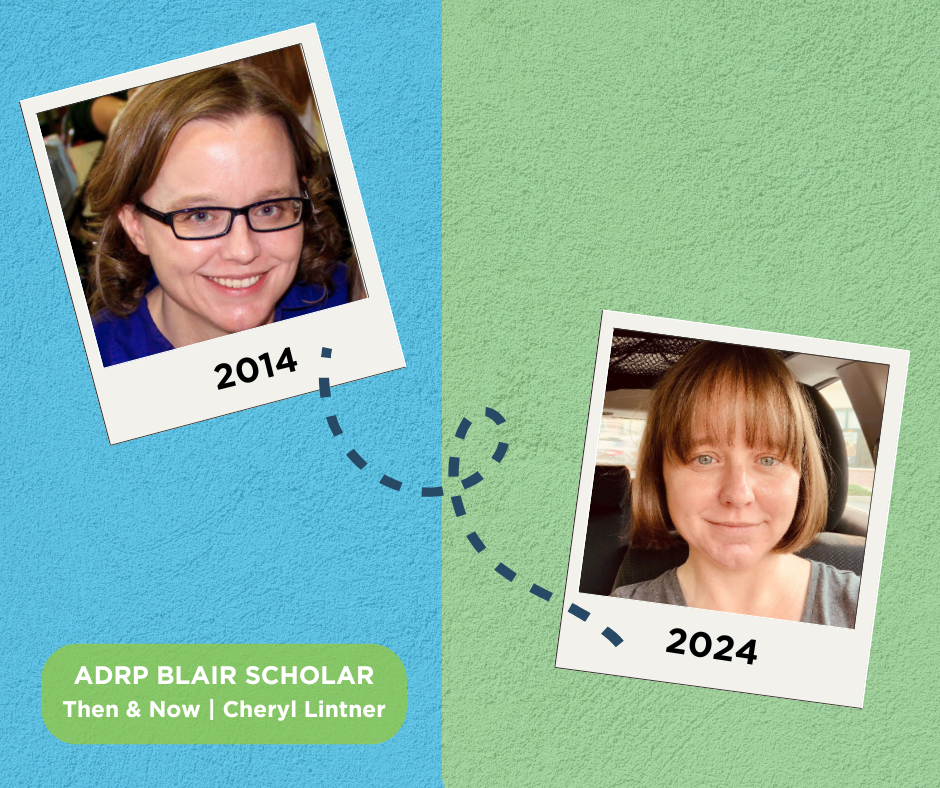
With no budget for conferences, I paid my ADRP dues out of pocket and attended a few webinars and regional events. Then the 2014 ADRP International Conference was announced in Seattle, the cost seemed insurmountable, but I was determined to go. That’s when I discovered the Blair Scholarship. The chance to attend the conference felt like a rare opportunity to learn and connect with others in the field, especially as I navigated the transition from higher education to healthcare fundraising. The scholarship made that possible, and I couldn’t have been more grateful.
The conference itself exceeded my expectations. I distinctly remember the session “How I Met Your Metrics,” led by Amanda Jarman and Roberta O'Hara, where I found myself starstruck by Roberta, one of ADRP’s founding board members. I had admired her work from afar, and it felt surreal to be in the same room with her. That moment sparked an enduring mentorship, and over the years, Roberta has become a colleague and guide.
Beyond the sessions, the conference offered something else that was equally unforgettable: my first sighting of Mount Rainier. Driving from the airport to the hotel, I was awestruck by the mountain's immense presence. It was a perfect reminder of how big the world of donor relations really is.
Looking back, it’s hard to believe that it’s been over a decade since I received the Blair Scholarship. Since then, my career has taken me through multiple healthcare system mergers, and I’ve helped transform a small donor relations program into a robust network across several hospitals and medical centers. I’ve had the privilege of leading teams, mentoring junior colleagues, and watching them fall in love with the field I’m so passionate about. It’s been an incredible journey, and I owe much of my growth to the access, connections, and opportunities that ADRP has provided.
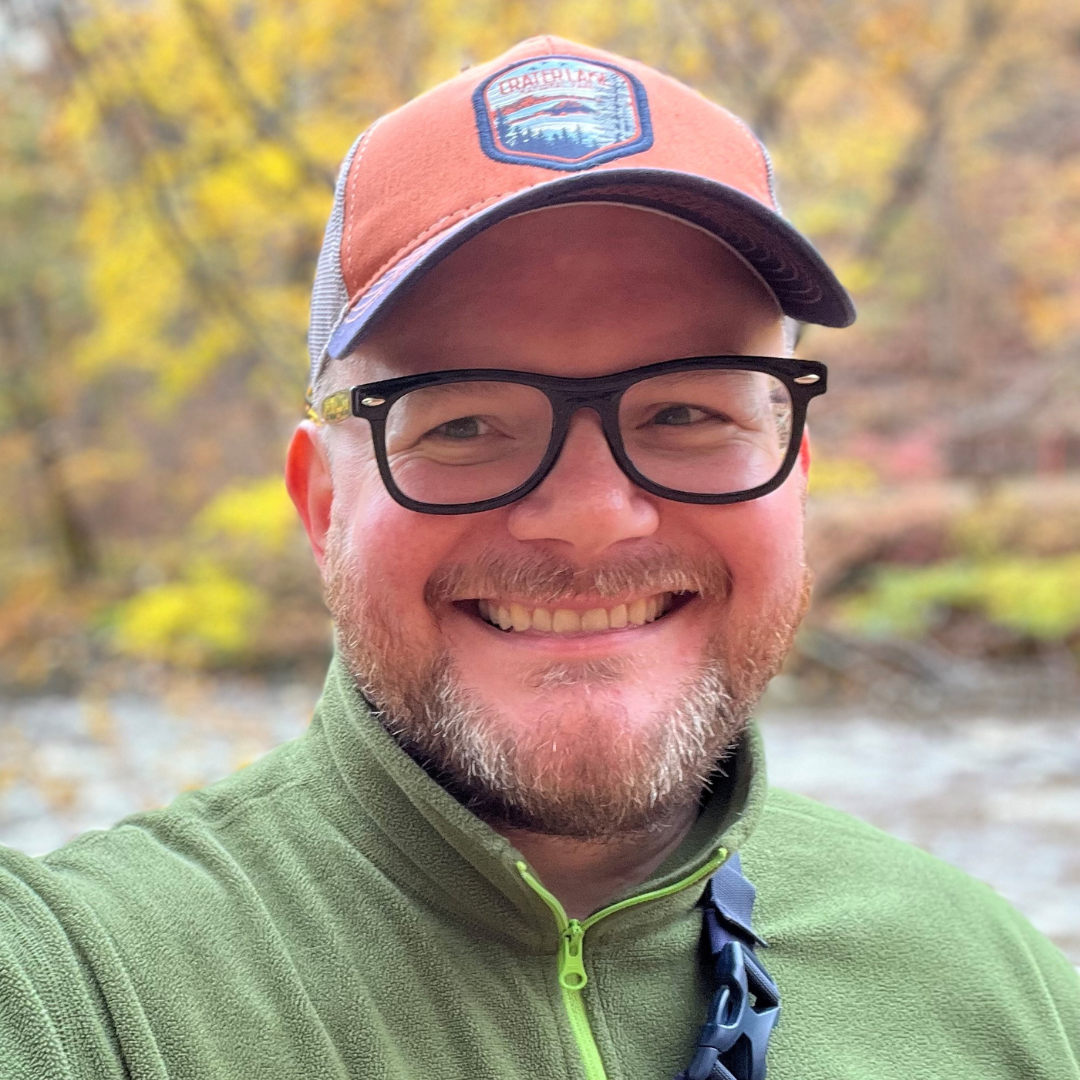
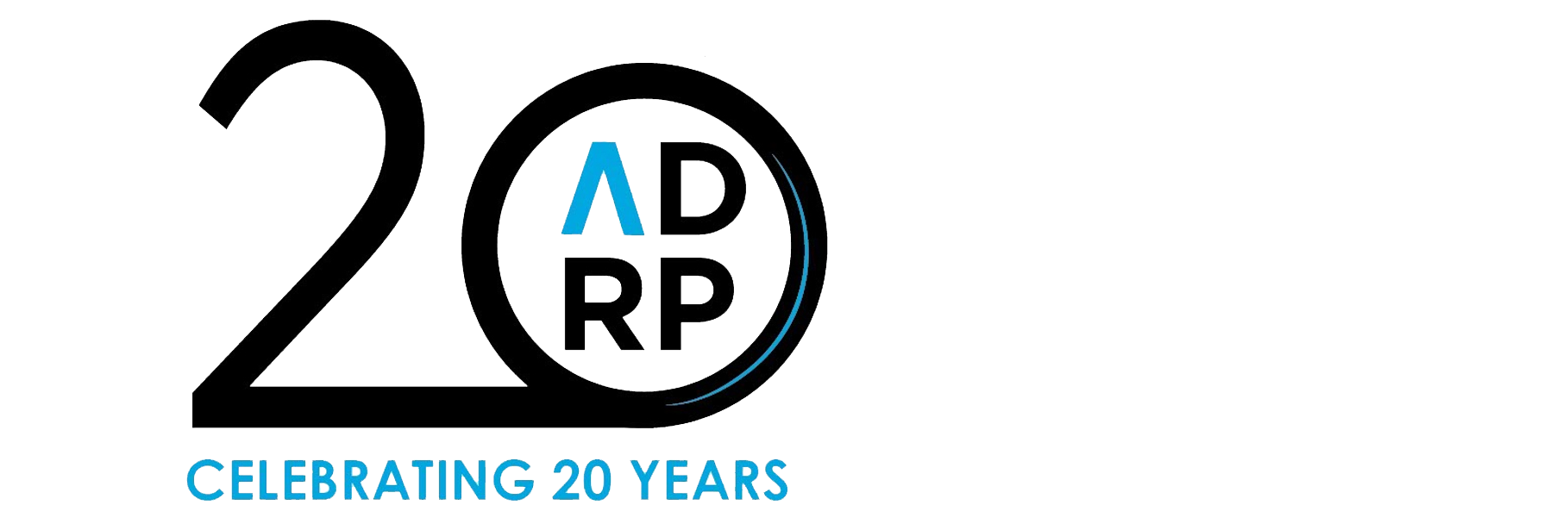

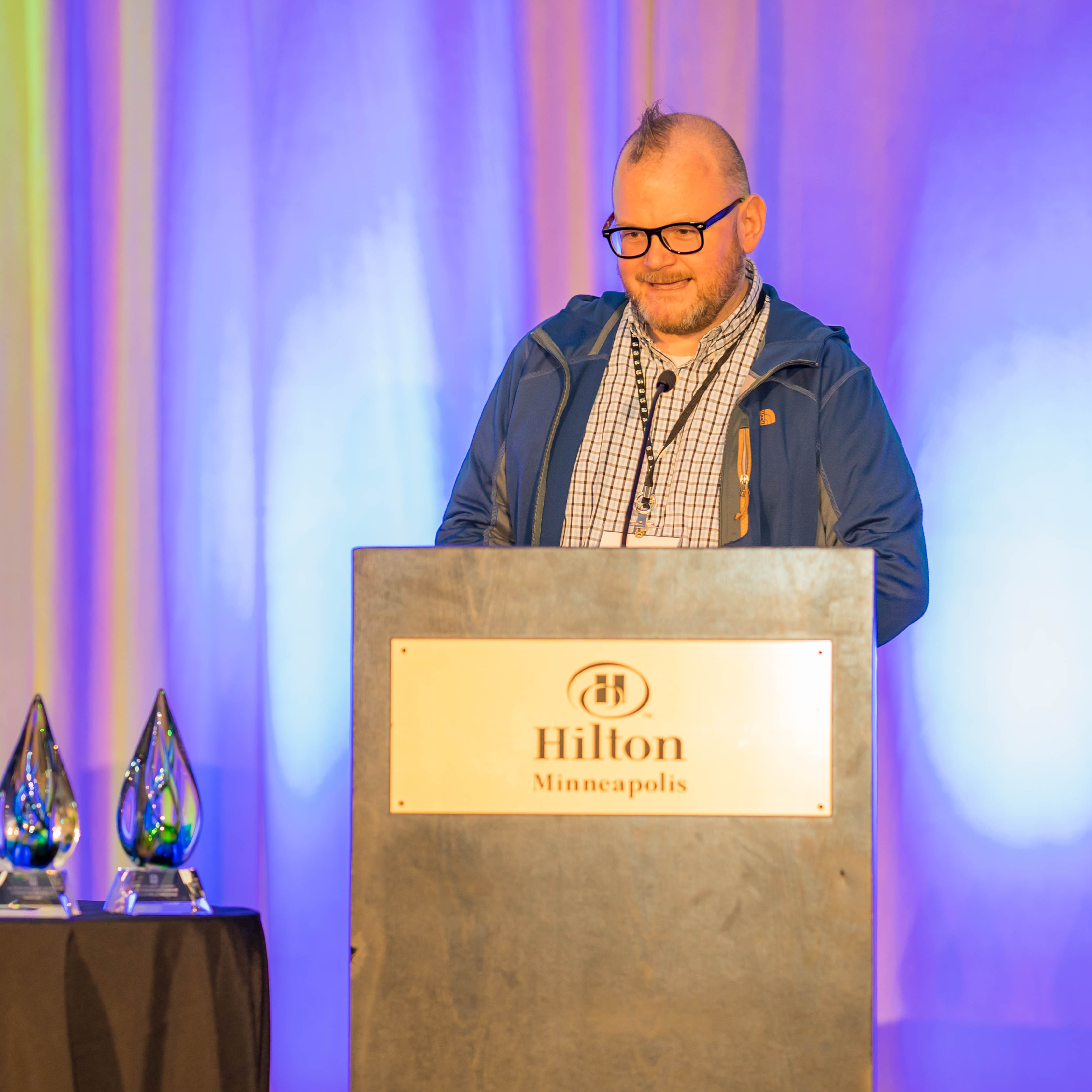
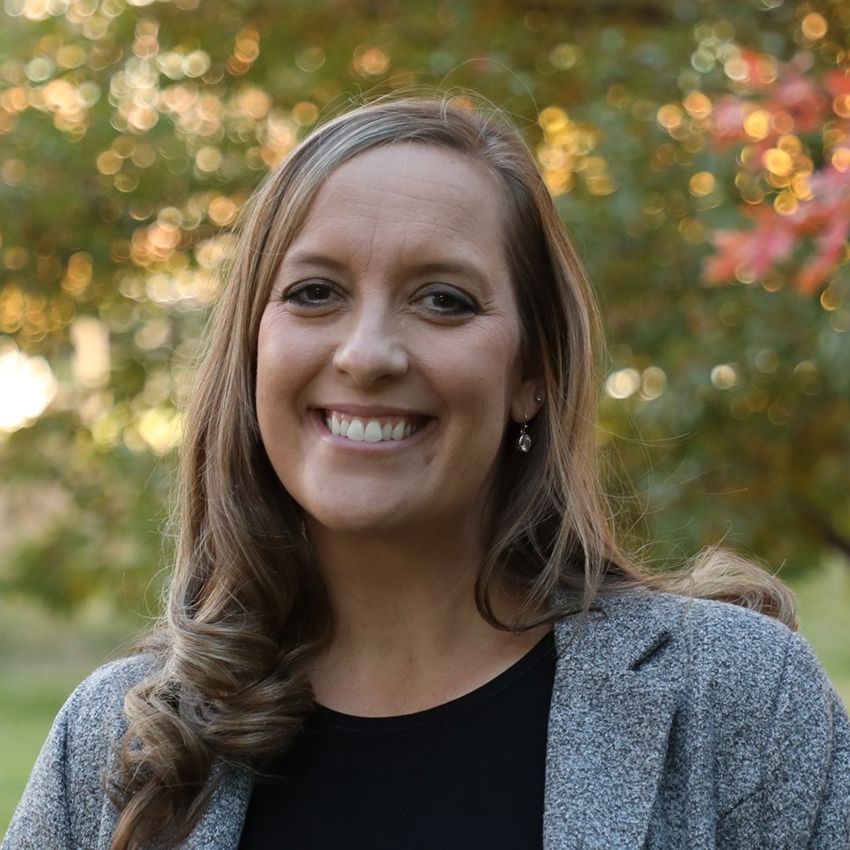 Asst. Vice Chancellor for External Relations
Asst. Vice Chancellor for External Relations
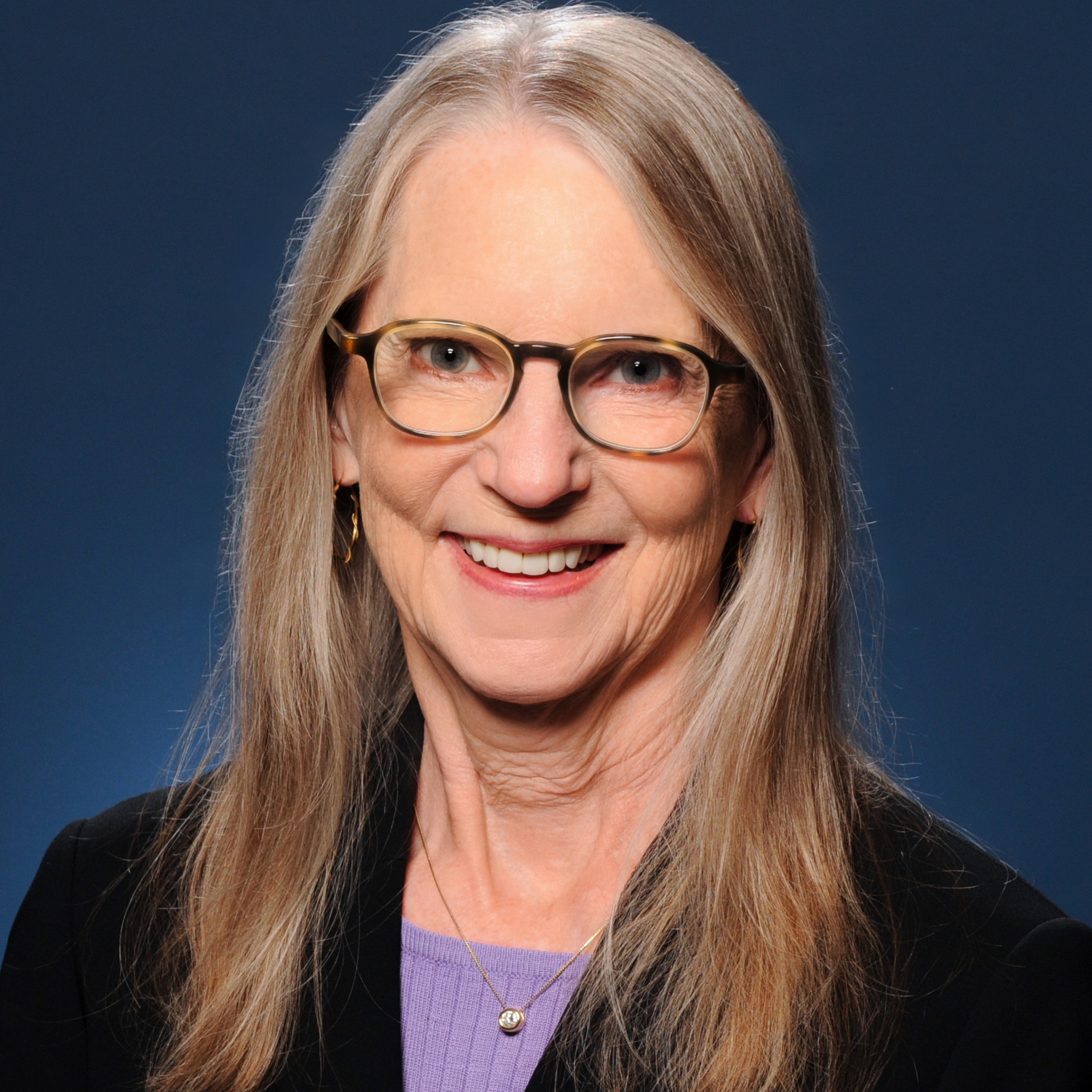 Jaime Porter
Jaime Porter
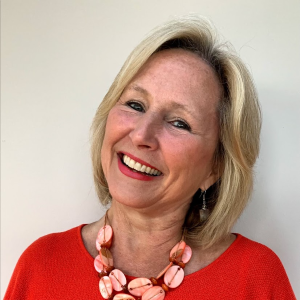
 Melissa DeClue
Melissa DeClue
